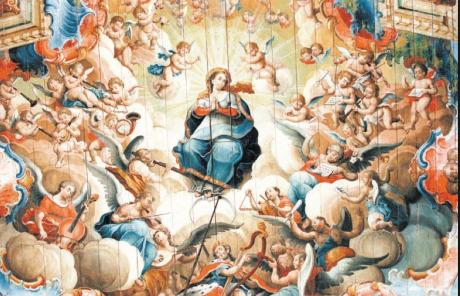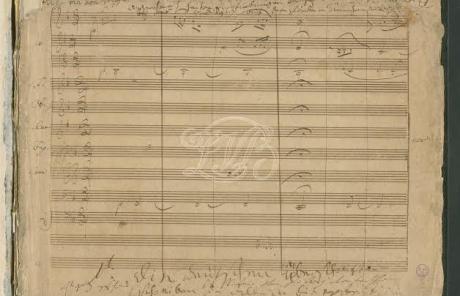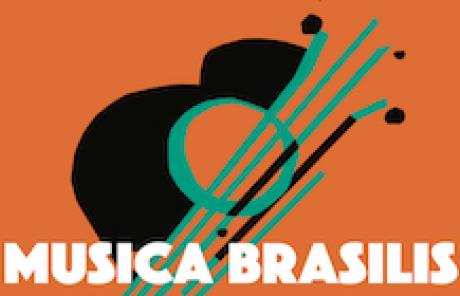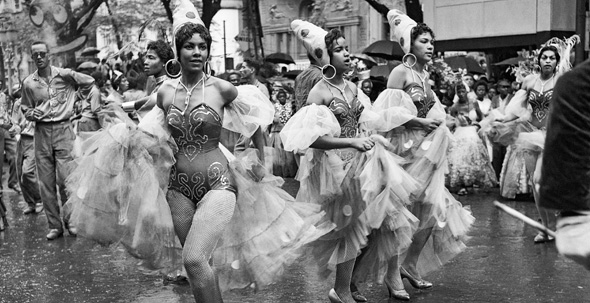
Some people think that Carnival is a typical Brazilian festivity, but it has a very ancient origin. It is associated with agrarian cults of ancient Greece (about the fifth century BC). With the advent of agriculture, the fertility of the soil and crops were celebrated every year. Over the following centuries this tradition spread to Greece, Rome and throughout medieval Europe. In the Middle Ages, when society had been split into separate classes, sex and drinking became part of holidays, as a form of escape.
The Christian Carnival has been oficialized by Catholic Church in 590 AC. Before that date, the institution condemned the party for being "sinful". However, the ecclesiastical authorities of that time found it was no longer possible to ban Carnival. To avoid debauchery, strict official ceremonies were imposed. But this kind of restriction contradicted the nature of Carnival: laughter, mockery, joke.
Carnival started to be celebrated in Venice in the 13th century and then spread around the world. It was then that the party acquired the current characteristics: masks, costumes, floats, parades.
Carnival in Brazil
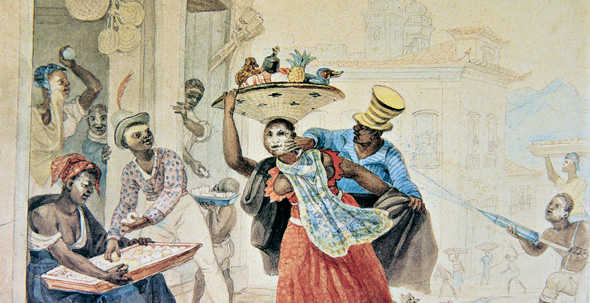
O Entrudo - Debret
Brazilian Carnival started in 1723, when Portuguese arrived from the Madeira, Açores and Cabo Verde islands. By that time, the main joke consisted in throwing water on one another. It was then called Entrudo.
Entrudo
Popular festivity related to the carnival. Poor people or slaves disguised in costumes ran on the streets throwing "scented lemons" on one another.
Scented lemons
Scented lemons were made of wax, full of plain water or perfume, from the simpler to the fanciest. They were sold by boys, and costed from 20 to 200 réis each. The scented lemons also varied in size, from a pidgeon egg to a snooker ball, and were made in wooden frames
Emperor Pedro II forbids the excesses
As the streets were extremely dirty after the "battle", with people throwing excrements as well, Emperor D. Pedro II (1841 - 1889) decided to forbid the Entrudo.
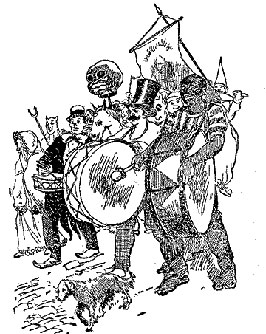
Zé Pereira
“Zé Pereira”! Who is he?
In 1846, the portuguese shoemaker José Nogueira de Azevedo Paredes started to animate Carnival festivities with big drums, called Zé-Pereiras in Portugal, the starting point for the percussion to become the rythm of Carnival.
The first Carnival balls in Brazil
Hte first Carnival ball occured in Rio de Janeiro in 1840, when Brazilian got to know about the European balls. The typical danses were the waltz, the polka and the schotisches. People used masks as in Venice. In 1855, rich people organized the "societies" that paraded in alegoric cars. As a reaction, poor people started to parade as well, but in a simpler manner. The contrast between the rich and poor Carnival has been depicted by Ângelo Agostini.

